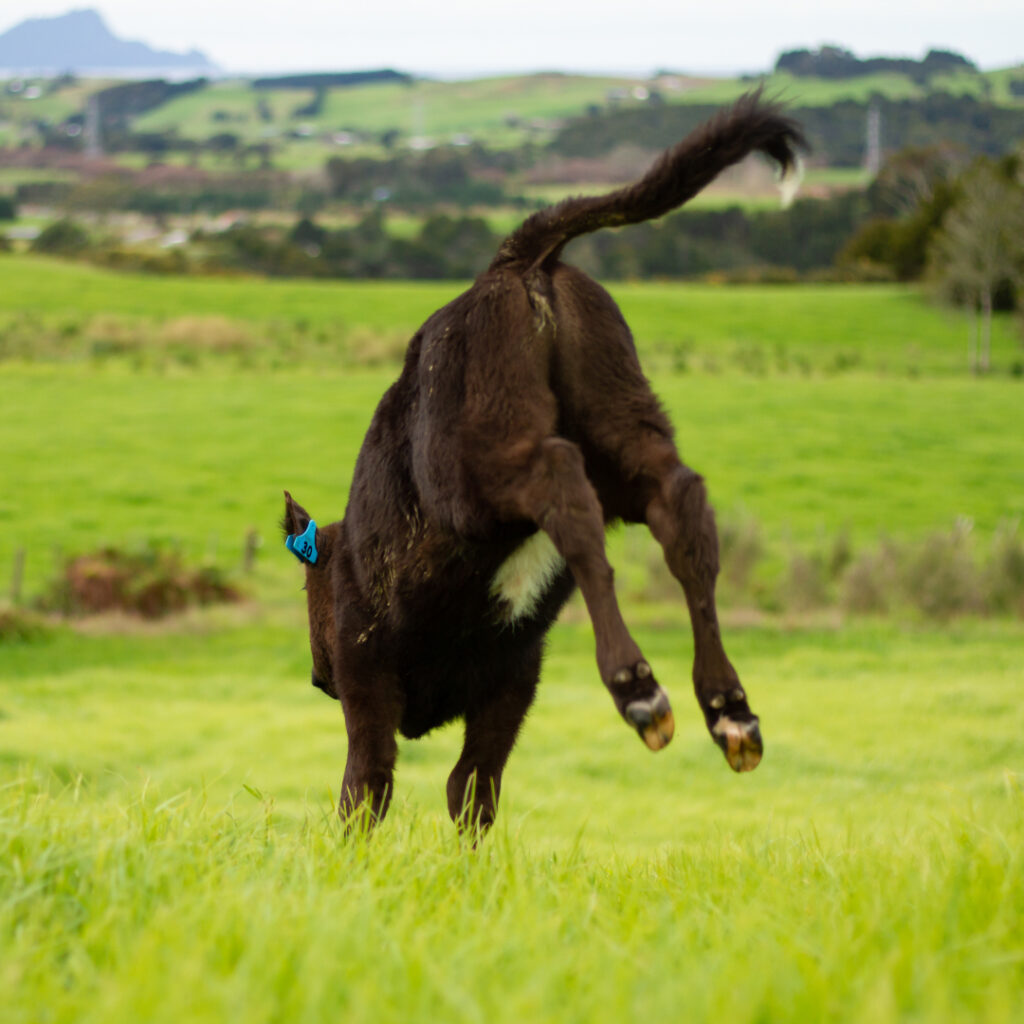
You know the industry guidelines and expect a certain number of cows to come up each day during breeding. So then why are some days huge and others quieter than expected?
In NZ we look to put 90% of the cows up in the first 3 weeks of mating; So you might then expect a shade under 5% every day (90/21) in a world of straight lines…
But that’s not what you necessarily see on any given day, and good heat detection is a guard against the urge to `find’ the expected number of cows on heat. This is especially important on larger operations with shared heat detection when that pressure (and fatigue) comes on.
Digging deeper into the big and small days, the web is awash with studies about the deliberate synching of cows with hormones, but there are a few clues also – heard of the Wellesley Effect?!
Women living in dorms at Wellesley College were found to partially fall into sync in a 1978 study. Subsequently, similar patterns have been studied in bison, rats, hamsters and primates. Elephants are suspected of adjusting cycle length to that of the dominant female, presumably to best time births around water, food and predation. It seems to be `a thing’ in the mammal playbook.
In temperate region herd animals, natural synching is thought to relate to advantages in young animals being born at the best time to build reserves ahead of winter. In savannah herd animals, it’s considered to be more about the young being able to stick together as a pack to experience less predation during seasonal events.
Then there’s theories about more co-cycling females having more male pulling-power in wild herds and the general principle that if more females are fertile at the same time, it’s harder for any single male to monopolise matings, thus ensuring more diverse genetics in the herd.
The modern dairy cow descends from an extinct species of wild ox which roamed across Europe and Asia that humans domesticated around 8-10,000 years ago. We’re still learning about cows; there’s bound to be remnant behaviours and attributes that will puzzle the modern dairy farmer. Especially when we’re looking closely, like during mating.
So next time you’re puzzling over an unusual number of cows in heat, you’ve now got even more things to ruminate on! At the end of the day, you want to be very sure of your heat detection, because that is more of a known quantity. Rock solid heat detection beats trying to understand why individuals cows, or even groups of cows, seem to be deviating from your average numbers expected. They’ll do that.
